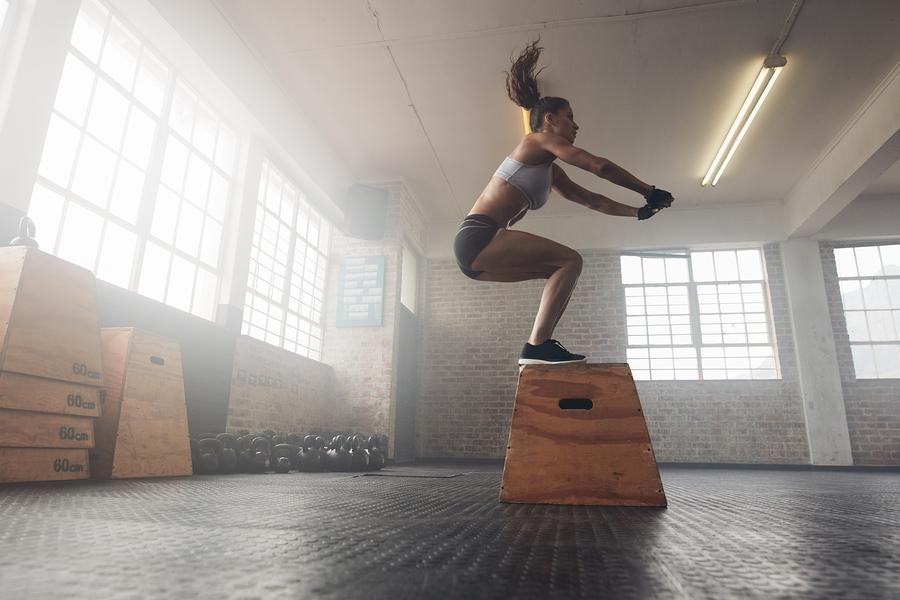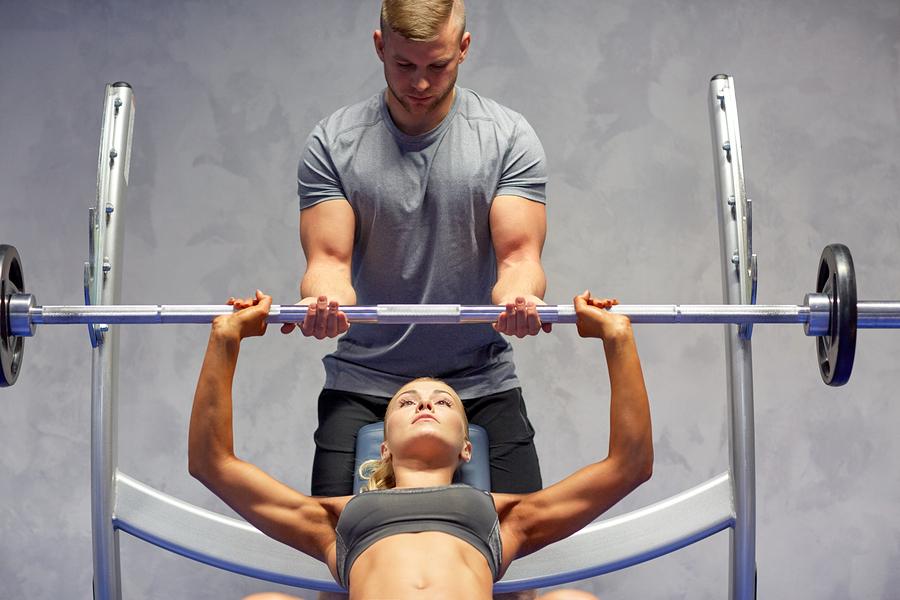Going to the gym and exercising regularly is one of the best ways to protect your body as you age. As you build your muscles and strengthen your bones, you will be much better equipped to deal with accidents and injuries, should they occur. However, the potential to injure yourself in the gym also of course exists!
Weight Lifting Injuries
When it comes to lifting weights, the most common injuries that are experienced are those that relate to poor technique. If you are not lifting weights in the correct way then you are putting yourself at risk of pulling or ripping a muscle. You may also be at risk of tearing your connective tissue. Your body was made to only move in certain ways and putting yourself through strenuous movements that are not natural will inevitably do more damage than good.
If you are lifting weights and you find that you can not complete your set on the weight that you are at, then it is always best to lift a lower weight or decide not to complete your set. To put it simply, if you are unable to complete the exercise using the correct technique then it is always best to not engage in that exercise at all.
The best way to tell if you will be unable to complete a set at the current weight you are lifting is to determine if you are able to comfortably control the weight as you bring it back down. If you are unable to do so then you should lower the weight before you continue. Although your general aim of lifting weights is of course going to be to progress, it is much more important that you do not injure yourself in this way whilst you are trying to do so.
Warming Up
In addition to being sensible with the weights that you lift, it is always advisable to adequately stretch and warm up properly before you partake in any kind of exercise. The best kind of warm up will generally be a high-repetition but low intensity exercise that serves to rapidly increase the blood flow to your muscles. This will also quickly encourage the mobility and flexibility of your body on the whole. A ten minute burst of cardio activity is a great way to get warmed up for a more comprehensive workout. As well as this cardio activity, you should also engage your body in a range of stretching motions. You can also try doing your usual weight lifting exercises with a very low weight in order to awaken and warm all of the muscles that you are going to be relying on during your scheduled workout.
As you move through you workout it is a good idea to stretch between sets. This will help you to build muscle as the elasticity of the muscle casing is increased. This also boosts circulation within the muscles.
Progressing with Weight Lifting
As you progress in your exercise regime with weightlifting, you will eventually reach the point where you need someone to spot you. This means that another person will need to stand by your weights as you lift them in order to help you end the set if you find you are unable to do so. It is very important that the person spotting you is reliable and focused on the task, as you can seriously injure yourself if you drop a weight on your body. It is well worth doing a few practice runs where your spotter relieves you of the weight at your signal, which could be as simple as saying “your bar”. Once you are confident that your spotter will keep you from injury then you can continue to increase the amount of weight that you are lifting.
Reaching Your Goals
It is natural that you will want to reach your goals quickly when you are training your body, especially with weightlifting. However, over-training is never a good idea and could actually prevent you from reaching your goals in the long run. Going to the gym every day is one of the most obvious ways to over-train and you should always schedule regular rest days. By allowing your muscles to rest you will also be better allowing them to grow!
Finally, it is important that you nourish your body adequately when you are undertaking an exercise regime. If you train and do not give your body the fuel it needs to do so properly, then you are not only likely to get hurt but you could also be damaging your general health. If you are eating a restricted diet due to weight loss aims, then it is best to only train lightly and to not try to progress too quickly. Work instead to improve your overall fitness during periods of restricted eating and then push on with your exercise goals when you are not limiting the amount of food that you consume.
References
1) http://www.muscleandfitness.com/workouts/workout-tips/top-10-ways-avoid-injury/slide/9
2) http://www.mensfitness.com/training/five-most-common-gym-injuries
Related Posts
Cigarettes May Inhibit Inflammation Treatments
Axial spondyloarthritis, also known as AxSpa, is a chronic…








